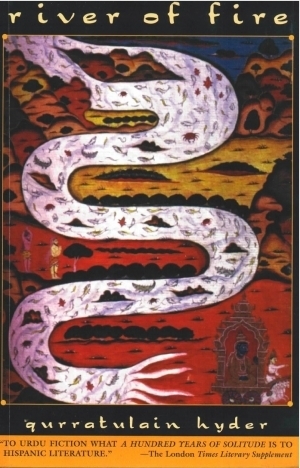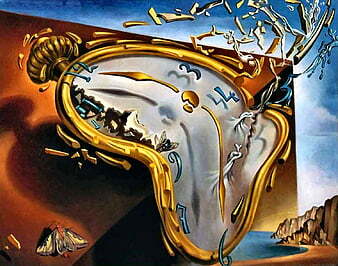What do you think?
Rate this book


428 pages, Hardcover
First published January 1, 1959


Queen Victoria's Proclamation says that the Christian religion alone is true. What has the administration of justice to do with the truth or falsehood of a religion? asked the Begum.
“All things, O priests, are on fire. The eye, O priests, is on fire; forms are on fire, eye-consciousness is on fire. . . the ear is on fire; sounds are on fire, the body is on fire; things tangible are on fire. . . the mind is on fire; ideas are on fire. . . with the fire of passion, with the fire of hatred, with the fire of infatuation, with birth, old age, death, sorrow, lamentation, misery, grief and despair are they on fire. . . fire. . . fire. . . The body is like a house which is on fire but we keep talking! We keep talking till the house is finally burnt down.”I really wanted to love this book; it starts out really strongly, and I was consumed for roughly the first 200 pages or so. After that I found my interest waning as the balance of the text gave way to extensive dialogue, which I had trouble focusing on. I thought the first half did a great job of establishing the characters and much of the history - especially focusing on the Hindu and Buddhist roots, as well as the British occupation - but once it reaches the 20th century it bogged down for me.
This novel is a lament of lost wisdom of subcontinent or the eastern wisdom . Novel starts with a journey of a disciple in search of nirvana . Through his discussion with another Tyagi, about existential questions and pursuit of truth and happiness , Ms. Haider tried to showed us a glimpse of level of social consciousness even if limited to the elite class . Stories in different eras have the almost the same characters and if we summaries them they generally fall in three categories Natives; Invaders, who stayed there and contributed to its rich culture; Invaders, who enslaved them , looted its resources and demoralized their cultures and traditions and then left. .
Throughout this book her discussions laden with Hindu mythology and her references of Kabir das couplets shows her grip on folk literature and intellectual heritage. In last part focused on the partition era showed the confusions ,hope and insecurities of people about the new state. Like most she couldn’t comprehend the idea that an inclusive land like subcontinent where people belonging to different ideologies coexisted for centuries, welcomed myriad of ideologies ,molded them and become integrated in greater eastern wisdom , was divided in brink of eye by arguing for a nation based on religion. .